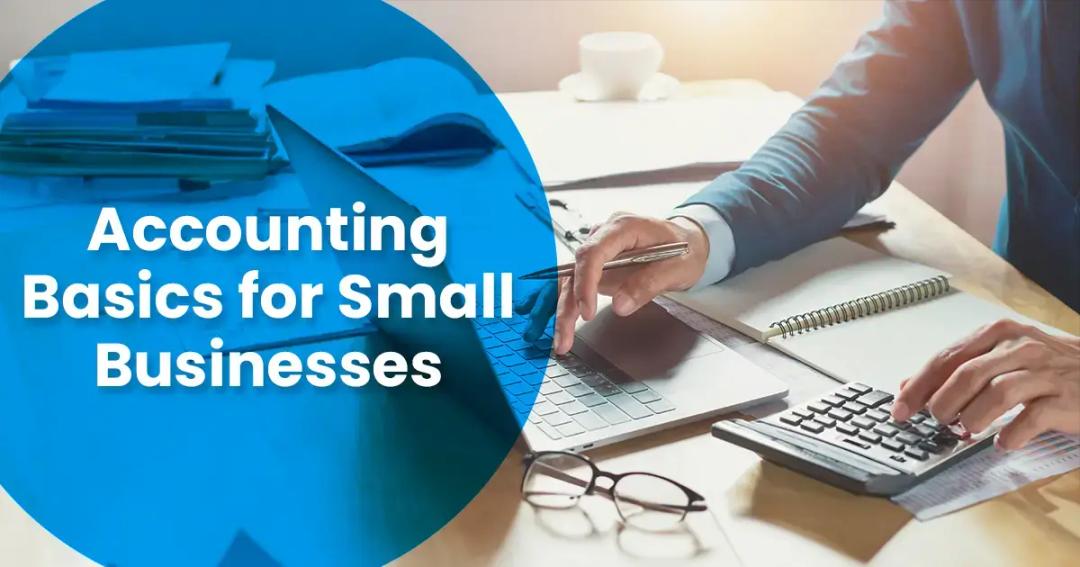
As a small business owner, you should never overlook your accounting needs. Learning the financial accounting basics is essential, regardless of industry or entity type.
There are accounting basics and terms which are helpful to know as your small business develops and can help you understand the most critical financial concepts. Here are the financial accounting basics that our team here at 1-800Accountant thinks every small business owner should know.
Accounting Terms Small Business Owners Need to Know
Before we dive in, here are a few important accounting terms for you to know:
Bookkeeping
Bookkeeping comprises tracking all transactions that a business does, using single-entry bookkeeping or double-entry bookkeeping. You can learn more about bookkeeping for small businesses with this helpful guide.
Ledger
A general ledger contains transaction information needed to form a balance sheet and an income statement. Find more information about what a general ledger is here.
Trial Balance
A trial balance contains every general ledger account and its balance, arranged by debit and credit columns.
Income Statement
An income statement shows small business expenses and revenue.
Balance sheet
A balance sheet shows small business assets, equity, and liabilities.
Financial Accounting Basics for Small Business Owners
There are three crucial financial accounting basics that we’ll cover today: the two accounting methods, how to use a balance sheet, and how to produce an income statement.
When it comes to running your small business, understanding the differences between the accrual and cash accounting methods can prove to be a huge advantage.
Using the accrual accounting method, you'll record expenses and revenue whenever a transaction occurs. You'll record expenses when paid, and you'll record revenue when earned.
If you use the cash accounting method, you'll record expenses and revenue differently. You'll record expenses when your small business pays an expense, and you'll track revenue when your small business receives cash.
What Is a Balance Sheet?
A balance sheet summarizes three pieces of financial data:
- Assets
- Expenses
- Liabilities
Assets, liabilities, and equity make up your balance sheet, but each individual account also provides useful information.
Assets describe what your company owns and can describe equipment, items, and property. On the balance sheet, you'll list your assets on the left side.
Assets break down into current assets and noncurrent assets. Current assets refer to assets that you'll use within one year. There are multiple current assets you may categorize, including:
- Accounts receivable
- Cash and cash equivalents
- Inventory
Long-term assets refer to assets that you won't use within one year. These assets are what you'll hold on to for several years and can include:
- Fixed assets
- Intangible assets
- Long-term investments
Expenses are costs a business pays to earn its revenue. There are two types of expenses:
- Operating expenses: expenses related to company operations, such as administrative fees and rent.
- Non-operating expenses: expenses not from operations, such as costs of borrowing money or interest charges.
Liabilities are the expenses that a business owes to others. Examples of liabilities for small businesses are monthly bills, rental costs, and salaries to your employees. Similar to assets, there are two types of liabilities: current and long-term.
Current liabilities are liabilities due within the current fiscal year. You'll arrange these liabilities in the order of their due date. Current liabilities could include:
- Accounts payable
- Current portion of long-term debt
- Interest payable
- Loans
- Payroll
- Wages payable
Long-term liabilities are liabilities due beyond the current fiscal year. These include:
- Deferred tax liability
- Long-term debt
- Pension fund liability
What Is an Income Statement?
The income statement summarizes your equity and revenue.
Equity, the net worth of your small business, remains after you deduct assets from liabilities. You'll list your equity and liability on the right side of the balance sheet.
Revenue is income that comes from business operations. There are two types of revenue: operating and non-operating revenue. Operating revenue comes from small business sales of products or services.
Non-operating revenue is revenue that comes from secondary sources. Examples of non-operating revenue include donations, rental income, or royalties.
An Online Accountant Can Handle the Basics for You
As a small business owner, learning the accounting basics provides a great platform for small business success. Learning the basics can also help you should you ever need to work with an online accountant.
When your business requires an online accountant, turn to professionals. Work with an online accountant at 1-800Accountant for your small business accounting needs.
This post is to be used for informational purposes only and does not constitute legal, business, or tax advice. Each person should consult his or her own attorney, business advisor, or tax advisor with respect to matters referenced in this post. 1-800Accountant assumes no liability for actions taken in reliance upon the information contained herein.
